Truth against hate: helping learners tackle misinformation

Nathan Rogan, Senior Education Advisor at the Education and Training Foundation (ETF), explores the role of misinformation in the recent violent riots across the UK, and the role of Further Education and Skills educators in developing learners’ ability to spot misinformation.
The recent violent riots across the UK, conducted under a banner of far-right protest, began after posts containing false information were published on the social media platform ‘X’. This misinformation spread quickly following the heartbreaking attack on a Taylor Swift-themed holiday club, which resulted in the tragic deaths of three young children and injury to many more. X posts wrongly claimed that the attacker was a Muslim asylum seeker and shared a false name. One woman accused of being the first person to spread this misinformation now admits the post she wrote (based on incorrect information she had seen elsewhere) was ‘really really stupid’.
Educating Against Misinformation
In the wake of prolonged rioting and racist attacks on communities, the education secretary, Bridget Phillipson MP, has called for children to be taught how to identify fake news and ‘putrid’ conspiracy theories in content they see online. The Further Education (FE) and Skills sector has a key role to play in rising to this challenge. As a sector, we are proudly home to learners from a huge cross-section of society, studying an equally varied and rich range of learning programmes. As colleagues working in this multicultural society, we have a responsibility to help learners distinguish truth from fiction, and opinion from fact.
As a former English teacher, I have experienced the challenges of engaging GCSE re-sit learners in the classroom – but I also realised the power of helping my learners to identify misinformation. Spotting bias and telling opinion from truth are core aspects of both the GCSE and Functional Skills curriculum, and vital skills to help spot fake news and misinformation in popular media. We would spend time in lessons trying to discern bias, to identify the agenda of writers and speakers, yet do this in a way that felt real and interesting to the learners in the room: making reference to current news articles, real world events, and also historical examples.
Our duty as educators is to support our learners, whatever programmes they are studying, in their ability to discern opinion and bias from fact, and truth from lies. Colleges, ITPs and any FE and Skills environment should be safe and supportive spaces for learners to develop, make mistakes and learn. Yet with a boy as young as 12 being convicted over rioting in recent days, are we doing enough to engage with learners of all ages about how they can question what they see online, or what they hear from those around them?
Challenges Exacerbated by AI
The road ahead does not look easy: with the continuous development of AI technologies and their growing sophistication, even videos of famous people may have been generated by AI, with no basis in reality. Cryptocurrency scammers recently using deep fake videos of Sir Keir Starmer and Prince William online are recent examples of fake content being generated using AI. In this landscape, the Organisation for Economic Co-operation and Development (OECD) is currently working on its ‘Truth Quest Survey’, which aims to unearth whether AI generated content is easier to identify than human-generated content and help us understand more about people’s behaviour interacting with misleading and fake content.
In a world where it is easier than ever to be misled, and with learners themselves having access to AI to generate such content, our immediate focus in education is often on how we spot/stop this content in its tracks. Yet, our role as educators is not just to spot AI-generated information, but to support learners in doing so themselves. This involves teaching skills such as error-spotting, source-checking, cross-comparison and reading between the lines so learners can make better judgements on what they choose to believe.
The anger, hatred and egregious rioting and vandalism of recent weeks will be felt for a long time and tackling misinformation is only one part of the solution. But at a time where it is becoming easier and easier to deliberately mislead, we have a duty to develop our learners’ skills to identify lies and misinformation – especially those spread with the intent to harm or sow hatred. In building these vital skills across curricula, we are helping learners to contribute to and participate in a society founded on community and respect, rather than one divided by hatred and prejudice.
By Nathan Rogan is Senior Education Advisor at the Education and Training Foundation (ETF).



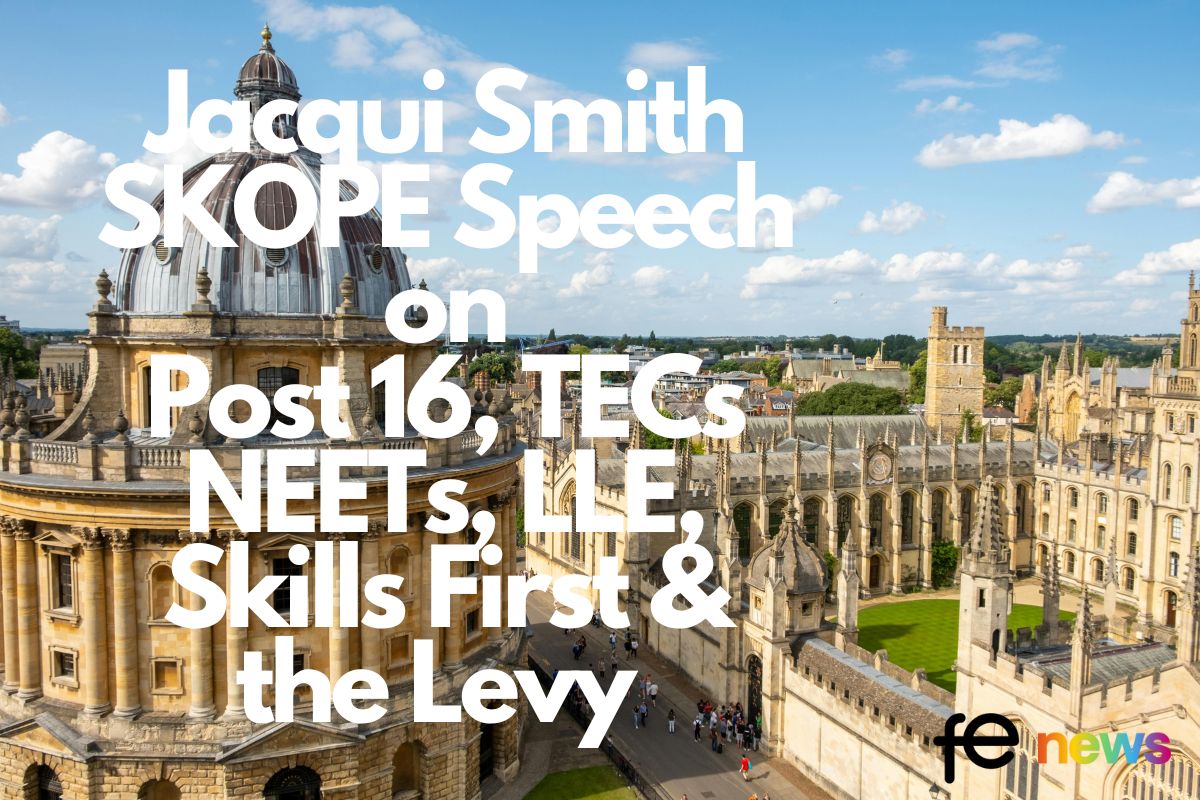
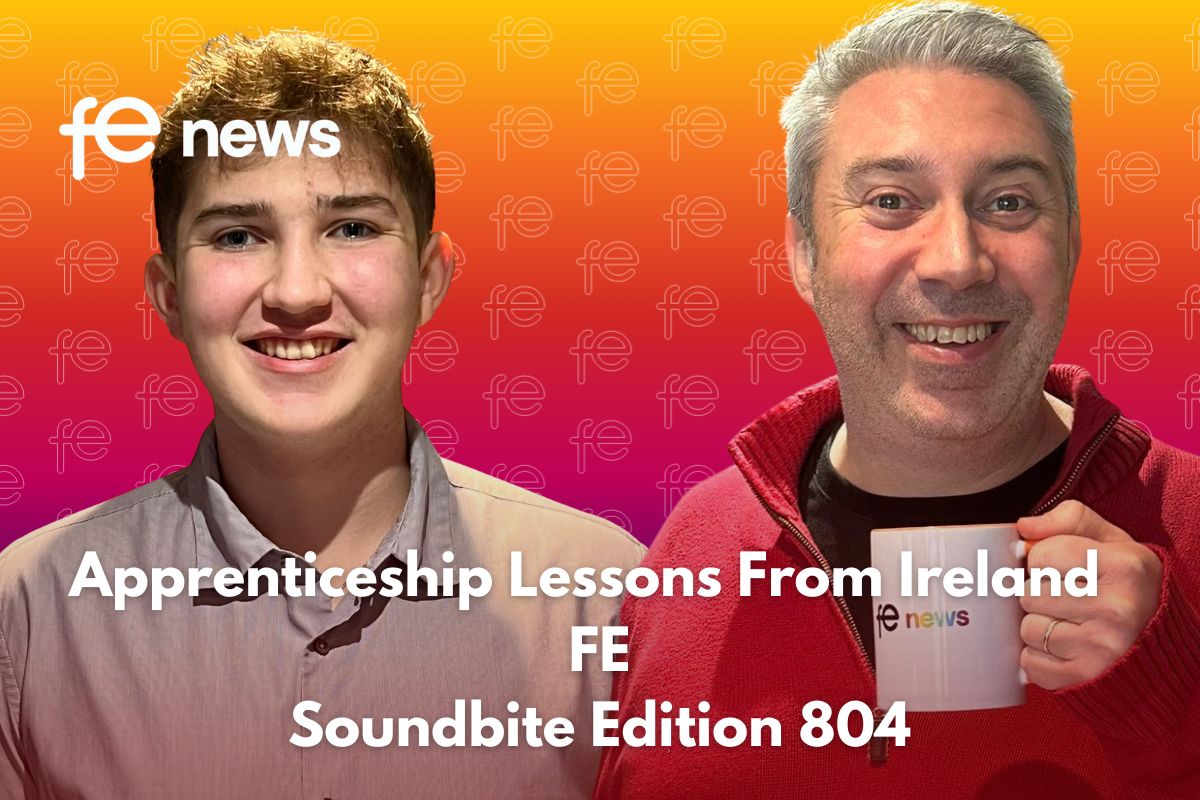

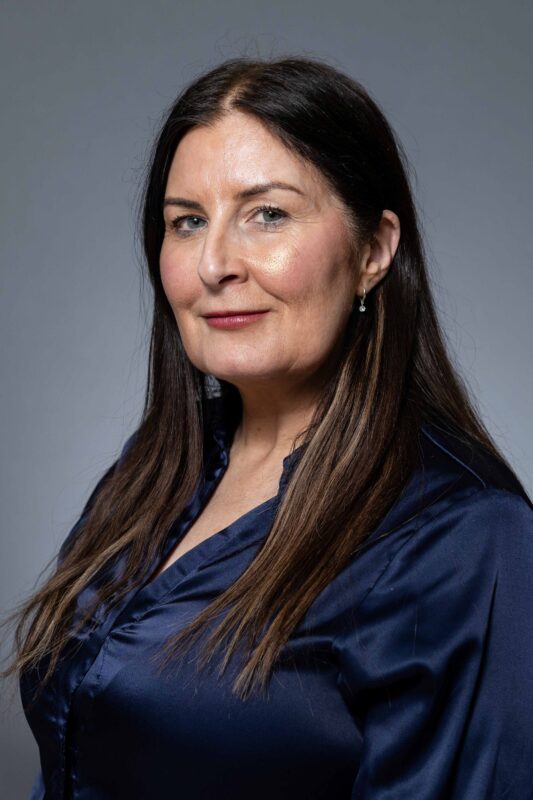

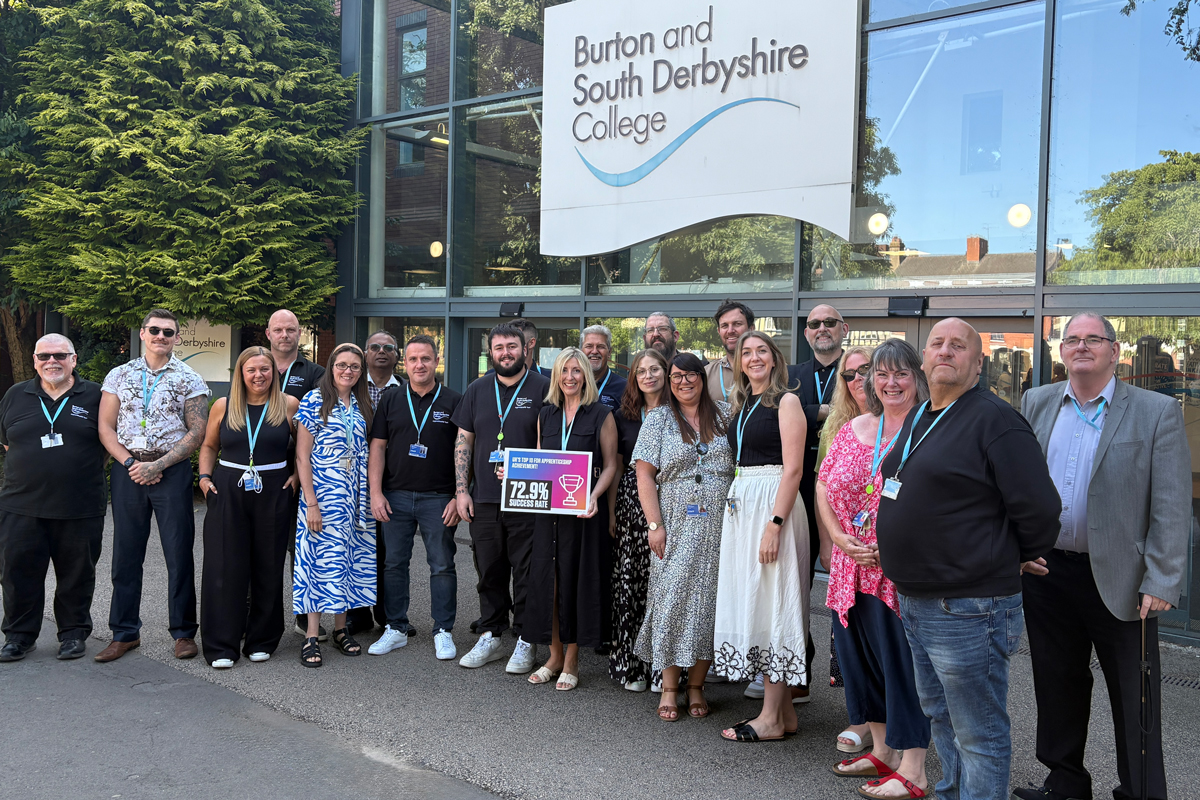

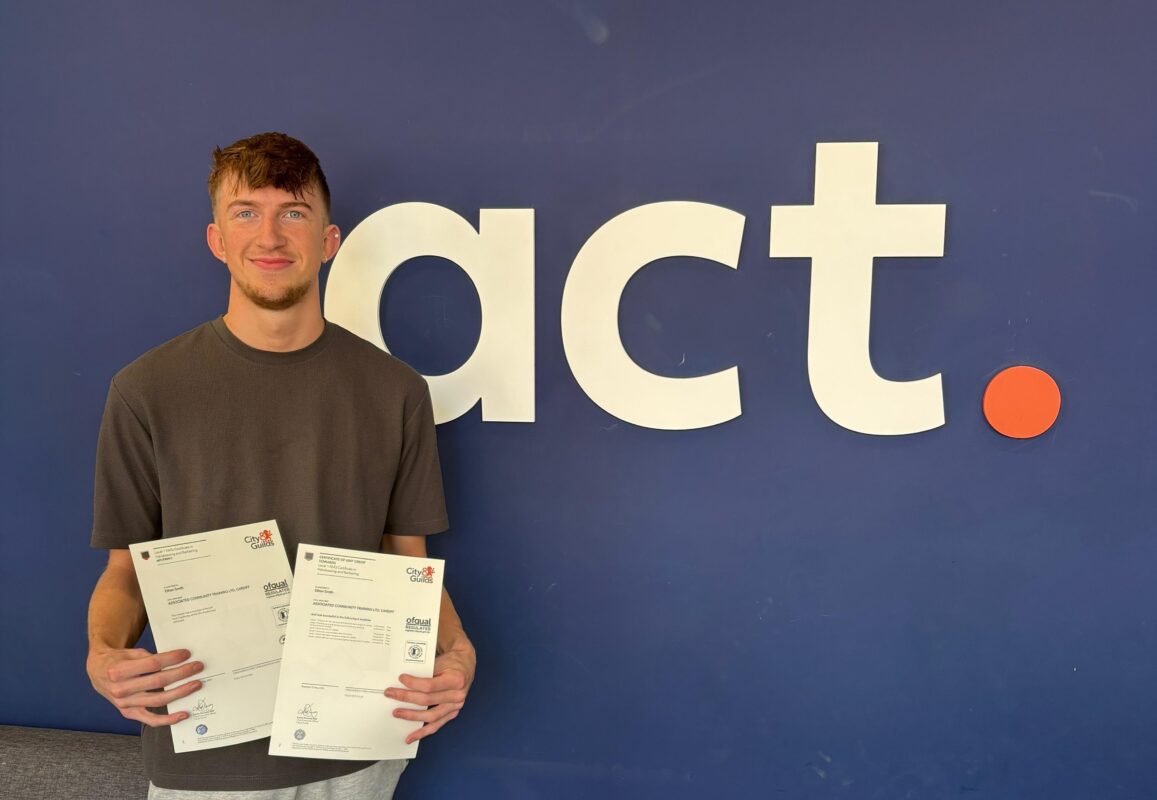
Responses